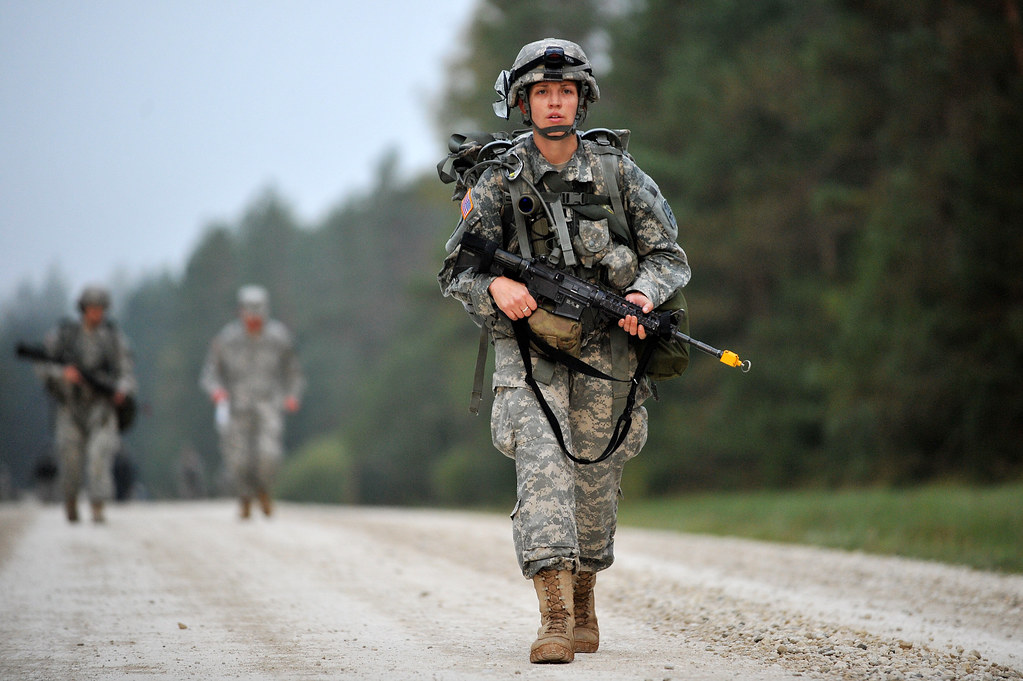
This post is also available in:
 עברית (Hebrew)
עברית (Hebrew)
A highly contagious illness can really disrupt military operations, as in the case of the USS Theodore Roosevelt COVID-19 stricken aircraft carrier last April when nearly 1,300 crew members tested positive for the virus.
A wearable system originally designed for various health conditions will be helpful in alerting on COVID-19. It’s part of a new platform that the US Defense Innovation Unit, or DIU, has built with Philips Healthcare and the Defense Threat Reduction Agency, or DTRA.
The new watch and ring kit can alert soldiers and their command if they’re going to get sick in the next day or two. The watch and ring — by Garmin and Oura, respectively — can detect subtle biometric indicators, like slight changes in skin temperature. A new algorithm, trained on Philips’ massive cache of patient bedside data, can analyze the data and predict whether the wearer will soon become ill from any of a wide variety of diseases, including COVID-19.
Called Rapid Analysis of Threat Exposure, or RATE, the system can’t tell you exactly what you have but can tell you the likelihood, on a scale of 1 to 100, that a sick day is ahead.
The algorithm was trained on some quarter-million patient records. The researchers identified six markers that allowed the algorithm to provide a 48-hour heads-up, before the wearer even feels sick in most instances.
“We are pivoting this hospital-developed model into the context of a warfighter using commercially available wearable tech,” said Dr. Christian Whitchurch, who runs the human systems portfolio at DIU.
In June, DIU and DTRA began giving the kits to about 400 people.. “Within two weeks of us going live we had our first successful COVID-19 detect” — that is, an indication that the wearer was unwell, which led to a further diagnostic test the revealed COVID-19, he said. The program is now expanding to some 5,000 participants and DIU aims to roll the kits out to “tier one operational cohorts” — units in which absenteeism can have a big effect on their missions.
It’s the sort of data that, when combined with other information like location, perhaps via contact tracing, can help healthcare providers predict COVID-19 rates and transmissions.
The system doesn’t necessarily alert a commanding officer. No personal information is shared with individuals that aren’t supposed to have it.
Although the team isn’t currently seeking FDA approval of the device for larger consumer populations, they say that it’s absolutely the sort of thing that will have usefulness, for the military at least, long after the COVID-19 threat has passed, according to defenseone.com.

























